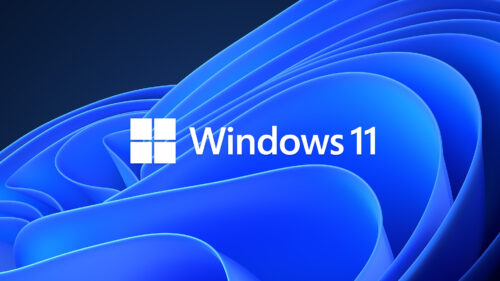52/6 Herbert Street
ST LEONARDS 2065
02 8007 2930
ua.moc.egdetroppus@troppus
52/6 Herbert Street
ST LEONARDS 2065
02 8007 2930
ua.moc.egdetroppus@troppus

Windows 11 has been officially released and that means Windows 10 users should start seeing the option to update for free showing up in Windows Update.
New operating systems are exciting and I’m sure you’re also eager to try it out but you might be best to wait. As Windows 11 rolls out we have been fielding questions about what that means for their PCs, and whether they should be concerned about getting the upgrade. Here is what you should know, it has some interesting new features, but it doesn’t offer most of us meaningful improvements over Windows 10. Here’s why you shouldn’t stress about upgrading right away.
The biggest reason you shouldn’t rush out and try to install Windows 11 yourself is that the operating system isn’t feature-complete yet. While it’s common to see software updated with patches and new features post-release, Windows 11 is definitely not ready to be used for a lot of computers.
The other big reason you shouldn’t stress about upgrading to Windows 11 is the fact that for most people, the update probably doesn’t offer meaningful improvements over Windows 10.
Microsoft might have already set an end of support date for Windows 10 but it is not until the 14th October 2025, which for most people that will require a computer an upgrade in the meantime.
Upgrading to Windows 11 might not be compatible for your computer depending on specifications, but if it is it would be best to speak to us first before upgrading. A lot of software needs to be built and reprogrammed to run properly on Windows 11, and there is no guarantee that your software will ever work with it, which could mean the software your business runs on might stop working after the upgrade.
Speak to us to before you do anything to get our advice on whether you should or shouldn’t upgrade.
Please contact us for proposals on business grade fibre and midband data links. We can offer solutions from just about any provider (ISP) in Sydney
What computer systems do you work with? Just about everything. Do you charge for travel time? Not for local bookings – only when extended travel is involved. Do you have an office where I can take my faulty computer to get repaired? Yes, you can find us at Suite 52, 6-8 Herbert Street St Leonards. Please call-ahead first, so that we are best prepared for the job. What about the warranty on the products I buy from you? All new products come with the manufacturer’s warranty. Second hand products have a 90 day warranty
Please contact us for proposals on business grade fibre and midband data links. We can offer solutions from just about any provider (ISP) in Sydney